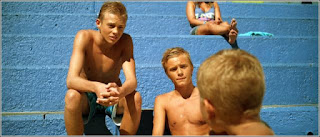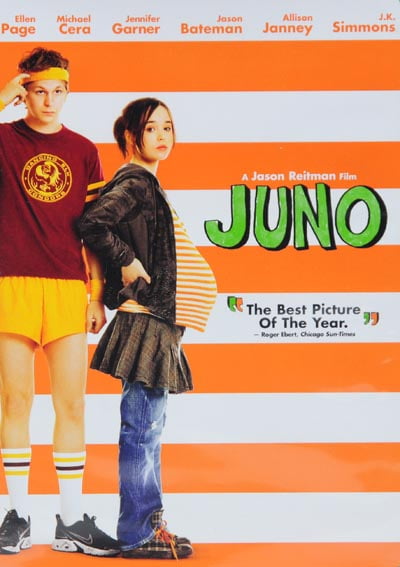 |
| Read and write for pleasure. |
My journey began with the recognition that all texts, whether from textbooks or prescribed curricula, have their own historical and cultural significance. While I enjoy teaching classics like “A Midsummer Night’s Dream,” “Romeo and Juliet,” “The Pearl” by John Steinbeck, or “The Great Gatsby,” I’ve discovered that a wealth of rich, layered texts can open students’ eyes to different perspectives.
For instance, this year I taught “Upstate” by Kalisha Buckhanon, a contemporary author. The novel explores the lives of a young couple in Harlem, with the male protagonist being wrongfully accused and imprisoned. The narrative unfolds through their exchanged letters over several years. My students found this an enlightening experience, leading to discussions on love, personal transformation, and social issues.
Moreover, I’ve been inspired by the work of Gholdy Muhammad, who emphasizes the need for literature to represent diverse identities and intellects. Such texts can challenge ingrained beliefs or ask probing questions. An example is Octavia E. Butler’s “Kindred,” a novel I taught this year. To my delight, one of my students informed me that a TV series based on the book has aired on HBO, demonstrating its contemporary relevance.
Through these experiences, I’ve learned about the historical context of high school reading lists and explored strategies, tips, and theories to expand literacy. I’m excited to bring this knowledge and experience into the 2023-2024 academic year.
Let me know what books you love to read with adolescent learners, either for pleasure, as an anchor or mentor text, or for independent reading.





